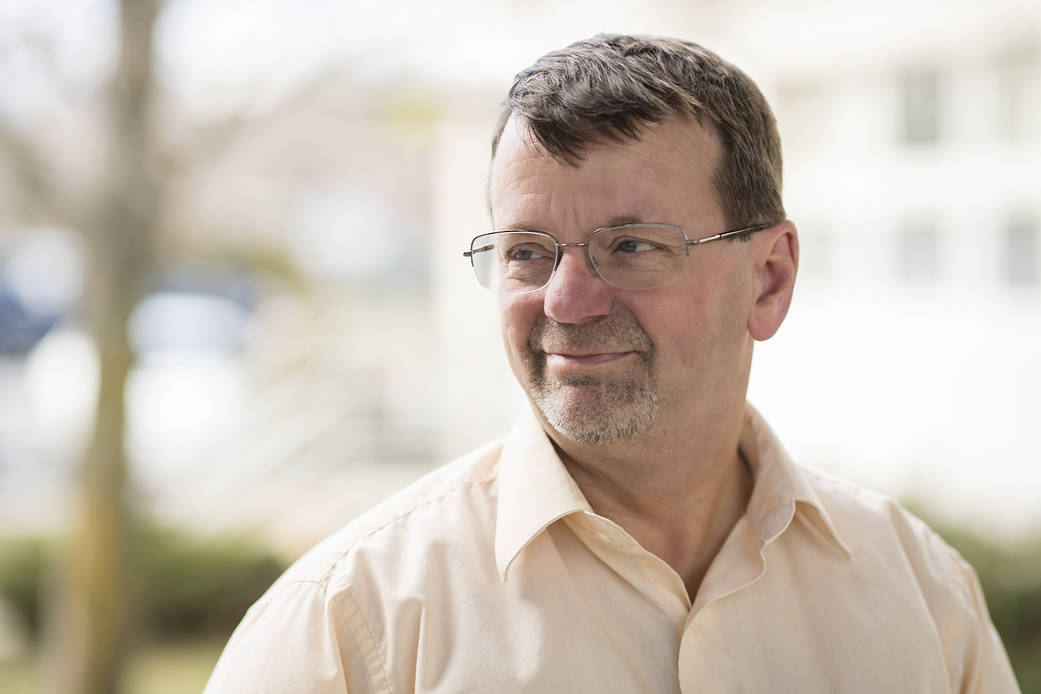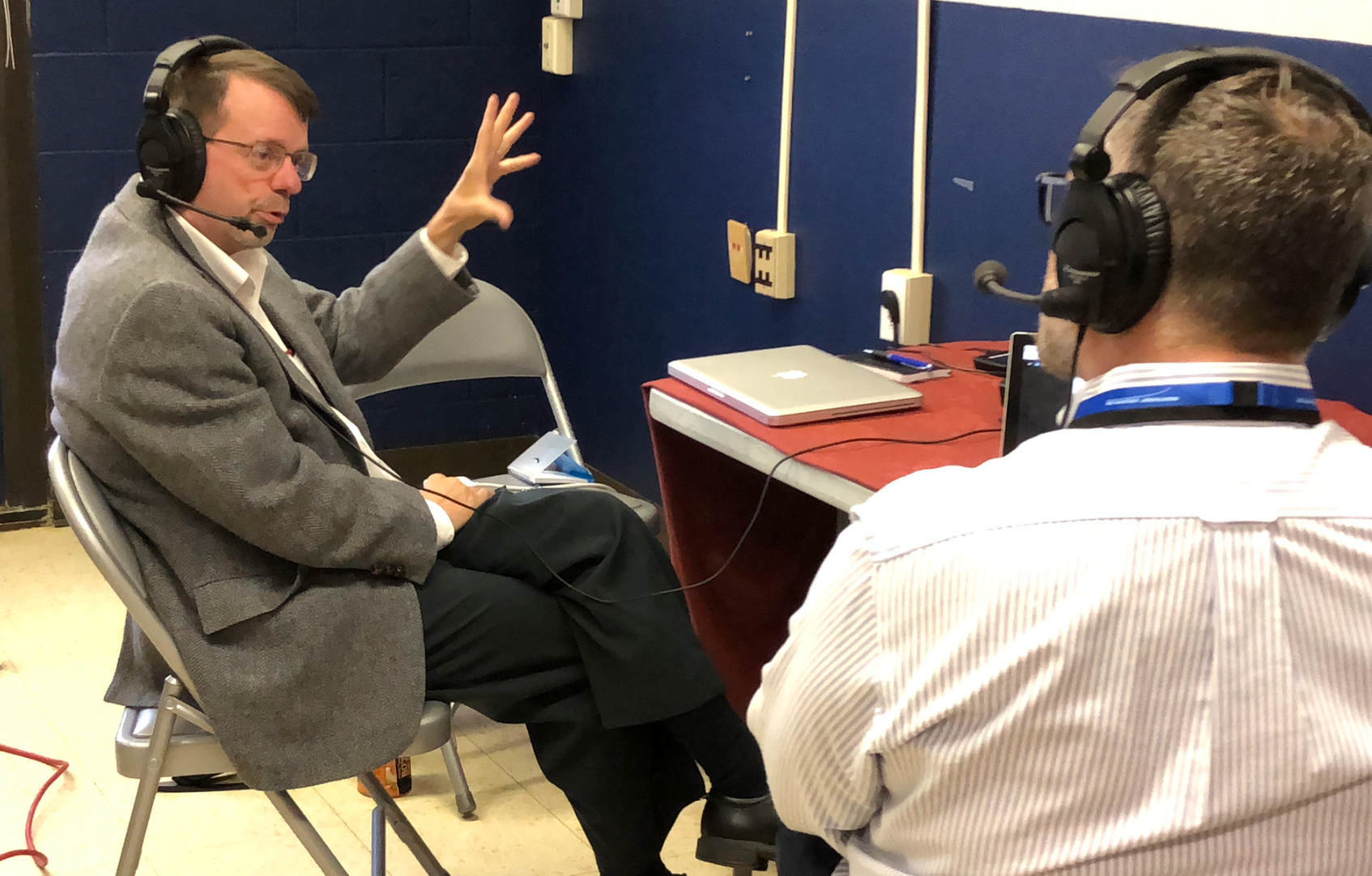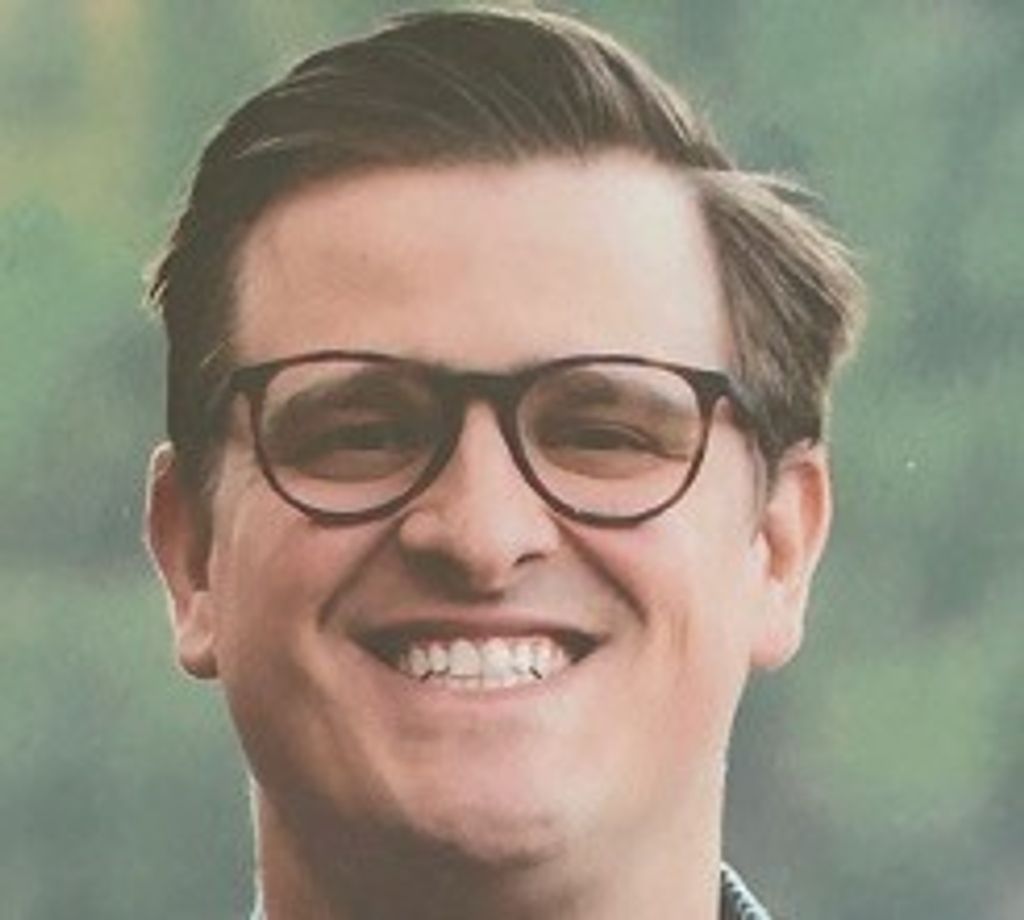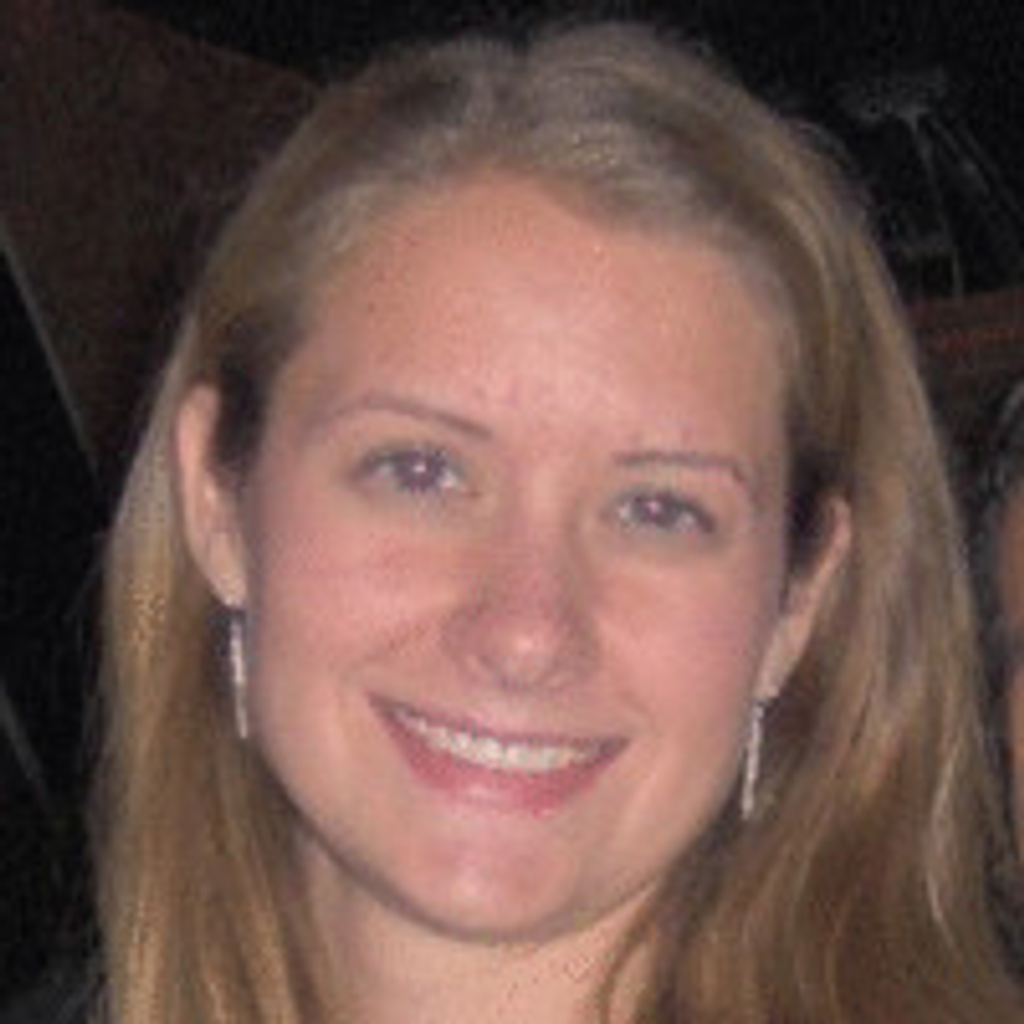
Name: Keith Koehler
Title: News Chief
Formal Job Classification: Public Affairs Specialist
Organization: Office of Communications, Wallops Flight Facility, Goddard Space Flight Center (Code 130.4)
What do you do and what is most interesting about your role here at Goddard? How do you help support Goddard’s mission?
As news chief, I manage media relations with local, regional, national, and international media. I also write news releases and web features, and I conduct interviews to bring the exciting activities at NASA’s Wallops Flight Facility on Virginia’s Eastern Shore to the public.
What is your educational background?
I have a B.A. in journalism from Murray State University in Kentucky and an M.B.A. from Bellarmine University in Kentucky.
How did you come to work for NASA?
In 1978, while I was at Murray, I joined the NASA Langley Research Center’s Public Affairs Office (now the Office of Communications), in Virginia, as a cooperative education student, a type of internship. In 1984, I joined Wallops as the manager of the Visitor Center while I was working on my master’s. In 1987, I returned to Bellarmine full time to complete the last semester for my master’s. Later that year, after graduating, I returned to the Wallops Visitor Center. In 1990, I became the lead of the Wallops Public Affairs Office, where I have remained most of my career.
Why did you spend almost your entire career at Wallops’ Office of Communications?
When I first came to Wallops, I fell in love with the area. I grew up in the city and I love this rural area. I enjoy working with the people and the scientists from all over the world who come here to do research projects. Wallops projects usually run six months to about two years, so it’s very fast-paced with a lot of activity in many different areas.
I also met my wife Lisa, a native of the area, while at Wallops.
What are some of the most interesting projects you have worked on?
Northrop Grumman’s Antares program, which launches from Wallops, is interesting because of the positive impact the launches have on the community and their importance in getting supplies to the International Space Station. Wallops began in 1945 as a launch facility. Since coming to Wallops in 1984, I have seen it become a world-class launch facility for much larger rockets.
Every project I have worked has been unique, whether it be a sounding rocket, scientific balloon, or aircraft mission. The projects are numerous and great people are involved.
What I have enjoyed most throughout my career is the people. Our people want to share what they are doing with the public.

What do you want to be your legacy?
I would like to be remembered as someone with integrity who was able to bring the message of what we do at Wallops to the public and as someone who supported our educational programs through the development and support of hands-on programs and support of internships.
What advice would you give to someone starting out in science communications?
You need to have a passion for learning and be curious.
We pass on new findings to the public and everything is always changing. You must enjoy communicating with the scientists and engineers and passing on that information to the public in a way they can understand the technical complexities of the science and engineering.
What makes a good science communicator?
What makes a good science communicator is the ability to listen. You need to listen closely to what is being told to you from the mission support staff, such as a scientists, engineers, or technicians. Then you must be able to take that information and put it in a format that the public can understand. You also must be able to listen to the public and understand what they are asking and interested in hearing.
What was your favorite campaign?
That is hard to say. With more than 41 years supporting NASA, the missions and field campaigns have been numerous. Field campaigns took me to Alaska, New Mexico, California, Hawaii, in the air over the mid-Atlantic states, and Puerto Rico.
How has Wallops changed over the years?
In some ways, Wallops has stayed the same, but it also has changed. Wallops has always had a can-do attitude. Mission personnel know the project goals and work toward those goals. Historically, the work has focused on suborbital projects using sounding rockets, scientific balloons, and science aircraft.
Recently, there has been an increase in working with small satellites – project management, development, testing and tracking. In addition, Wallops has greatly expanded its support of commercial launch activities. In 1995, Virginia located the Mid-Atlantic Regional Spaceport at Wallops, which has brought an increase in the launch of orbital rockets. I was part of the core group involved in the birth of the spaceport.
What do you enjoy most about living near Wallops?
The area is quiet, slower paced. The beaches are nice. We are close enough for a day trip to Washington, D.C., but we can live surrounded by nature.
After you retire at the end of this year, what are your plans?
I want to travel nationally and internationally with my wife Lisa. I love vegetable gardening. I also want to spend time with my grandchild. I may do some part-time teaching. I hope to do volunteer work, but have not yet decided exactly what or where.
What is your “six-word memoir”? A six-word memoir describes something in just six words.
Integrity, faithful, patient, inquisitive, caring, trustworthy.
By Elizabeth M. Jarrell
NASA’s Goddard Space Flight Center, Greenbelt, Md.

Conversations With Goddard is a collection of Q&A profiles highlighting the breadth and depth of NASA’s Goddard Space Flight Center’s talented and diverse workforce. The Conversations have been published twice a month on average since May 2011. Read past editions on Goddard’s “Our People” webpage.































